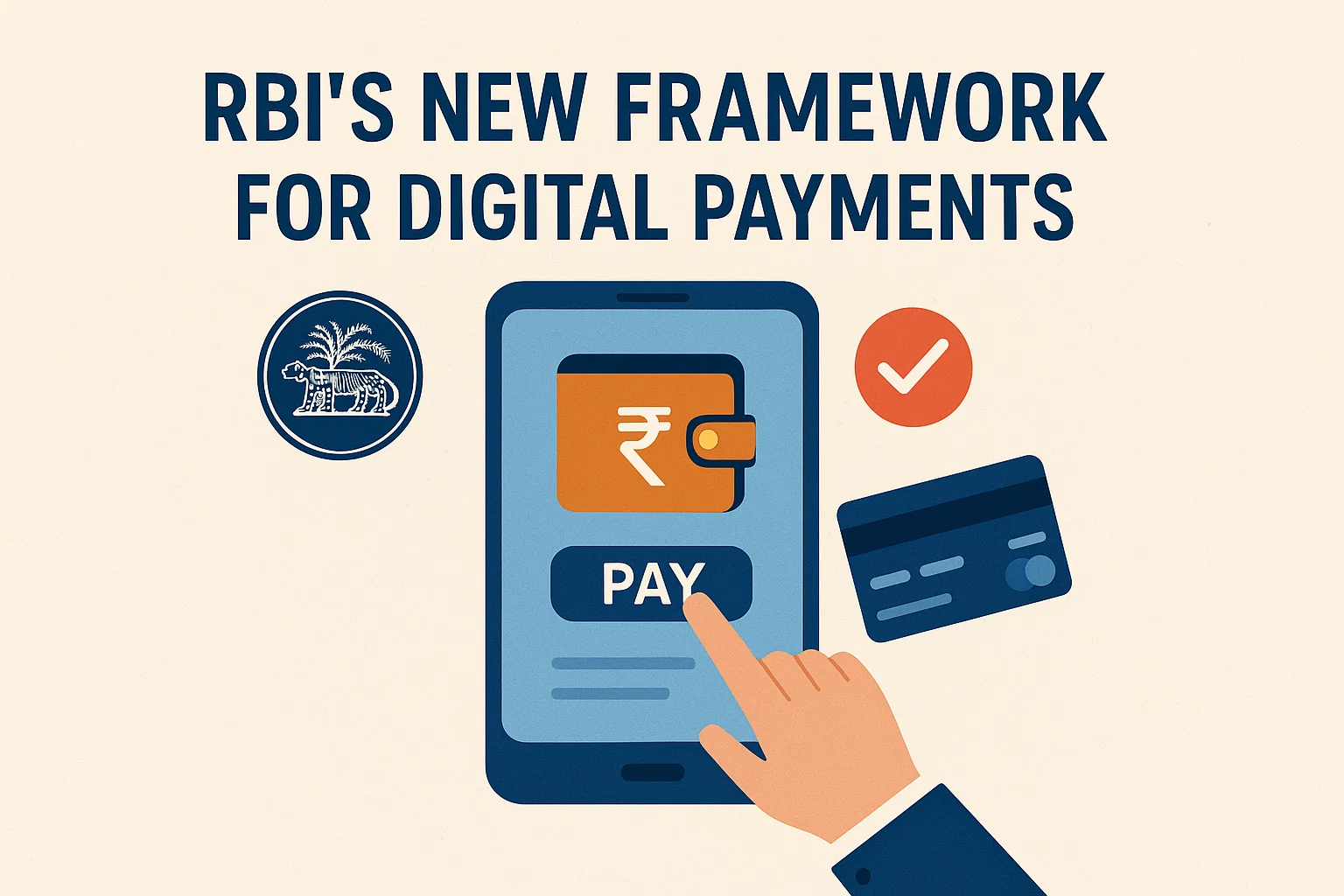Font size:
Print
Northeast-Kolkata Connectivity Boost: India’s Bold Move Through Myanmar
Northeast-Kolkata Connectivity Enhanced: India’s Powerful Pivot Beyond Bangladesh
Context: The recently approved 166.8-km Shillong–Silchar four-lane highway marks a critical advancement in India’s strategy to connect the Northeast with the rest of the country through an alternative route via Myanmar, bypassing both Bangladesh and the vulnerable Siliguri Corridor.
Reasons for development of this alternative route
- Geostrategic Context: The Siliguri Challenge
-
-
- India’s Northeast is geographically isolated, connected to the mainland by the Siliguri Corridor (Chicken’s Neck) — a narrow 20 km stretch wedged between Nepal and Bangladesh.
- This corridor is an Achilles’ heel for India’s strategic and economic stability.
- In the past, transit through Bangladesh was viewed as a practical solution, supported by the India-friendly Sheikh Hasina regime.
- The ouster of Sheikh Hasina in August 2024 and anti-India rhetoric by the interim Bangladeshi leadership have jeopardised this route.
-
- Bangladesh’s Shift and Regional Implications
-
- The new Bangladeshi leadership under Muhammad Yunus has undermined India’s role in the region, calling Northeast India “landlocked” and Bangladesh the “only guardian of the ocean”.
- This shift has realigned India’s strategic calculus toward the East, via Myanmar, bypassing Bangladesh altogether.
- India now seeks to reduce over-reliance on Bangladesh, especially in light of China’s growing influence in Dhaka.
Kaladan Multi Modal Transit Transport Project (KMMTTP): Strategic Overview and Present Relevance
- KMMTTP, conceptualised in the 1990s and formally signed in 2008, is a major “Act East” infrastructure project.
- It aims to connect Kolkata to Mizoram through a multi-modal route — sea, river, and road — via Myanmar’s Sittwe Port and Rakhine State.
- The project will reduce distance by over 1,000 km and cut travel time by 3–4 days between Kolkata and Northeast India.
Present Releveance
- The Kaladan Multi Modal Transit Transport Project (KMMTTP) has gained fresh urgency amid deteriorating India-Bangladesh ties following political changes in Dhaka.
- With Dhaka increasingly leaning towards Beijing, India is prioritising a Myanmar-based connectivity route to link the Northeast with mainland India, bypassing the vulnerable Siliguri Corridor.
- A newly approved Shillong–Silchar four-lane highway is a key step toward this alternative strategic corridor.
Route Configuration: Multi-Modal Connectivity
- Kolkata to Sittwe (539 km)
- Mode: Sea
- Status: Operational. India has upgraded the Sittwe Port for enhanced cargo capacity.
- Sittwe to Paletwa (158 km)
- Mode: Inland Waterway on Kaladan River
- Status: Complete. River dredging and jetty construction were finalised to handle 300-tonne barges.
- Paletwa to Zorinpui (108 km)
- Mode: Road
- Status: Partially complete. The final 50-km stretch from Kaletwa to Zorinpui remains under construction.
- Zorinpui to Aizawl (Mizoram) and Shillong (Meghalaya)
- Mode: Road
- Status: Functional connection exists. A new 166.8-km Shillong-Silchar highway has been sanctioned to enhance speed and integration with high-speed Northeast corridors.
Why KMMTTP Matters: Strategic and Economic Significance
- Diversification of Access: Reduces dependence on Chicken’s Neck and offers an alternate access point to the Northeast.
- Economic Integration: Facilitates trade and logistics between mainland India and the resource-rich but underdeveloped Northeastern states.
- Regional Diplomacy: Strengthens India’s presence in Myanmar, countering China’s influence through initiatives like the China-Myanmar Economic Corridor (CMEC).
- Mutual Benefit: Provides infrastructure in Myanmar’s backward Rakhine state, enhancing India-Myanmar ties and regional development.
Project Delays: Causes and Complications
- The project, initially scheduled for completion in 2016, remains incomplete due to:
- Ethnic conflicts in Myanmar, especially in the Rakhine State.
- The 2021 Myanmar military coup, which led to renewed civil war and instability.
- A 2024 BBC report highlighted that the Myanmar military (Tatmadaw) controls only 21% of territory, with the rest held by ethnic militias.
- Construction remains pending along the last 50-km road stretch due to insecurity and political flux.
- The Arakan Army Factor
- The Arakan Army (now Rakhine Army) controls significant parts of the project route in Rakhine.
- Although designated a terrorist outfit by Myanmar’s military junta, it has publicly supported the project, offering security guarantees.
Institutional Interventions and Way Forward
- In 2022, India signed a new contract with IRCON International Limited, a PSU under Indian Railways.
- IRCON was tasked with sub-contracting construction of the remaining stretch, under a timeline of 40 months, with provisions for delays due to “war, riots, civil disorder”.
- Local contractors have been engaged, but progress remains slow due to on-ground instability.
- The project’s completion now hinges on:
- India’s diplomatic engagement with Myanmar’s factions.
- Security coordination with regional militias like the Rakhine Army.
- Continued strategic focus under the Act East Policy.
- In 2024, a spokesperson stated:
“We have been providing security for the project along the Kaladan since 2021. There is no security threat for the project.” - India will need to engage in realpolitik diplomacy, possibly dealing with non-state actors to complete the project.
Conclusion
- The shift from a Bangladesh-based route to a Myanmar-based route underlines a significant geopolitical recalibration in India’s regional connectivity strategy.
- The KMMTTP is not merely an infrastructure project, but a strategic lifeline that can reshape India’s engagement with its Northeastern frontier and Southeast Asia.
Its successful implementation can serve as a template for strategic infrastructure diplomacy, securing India’s economic, security, and regional interests amidst a changing South Asian landscape.


